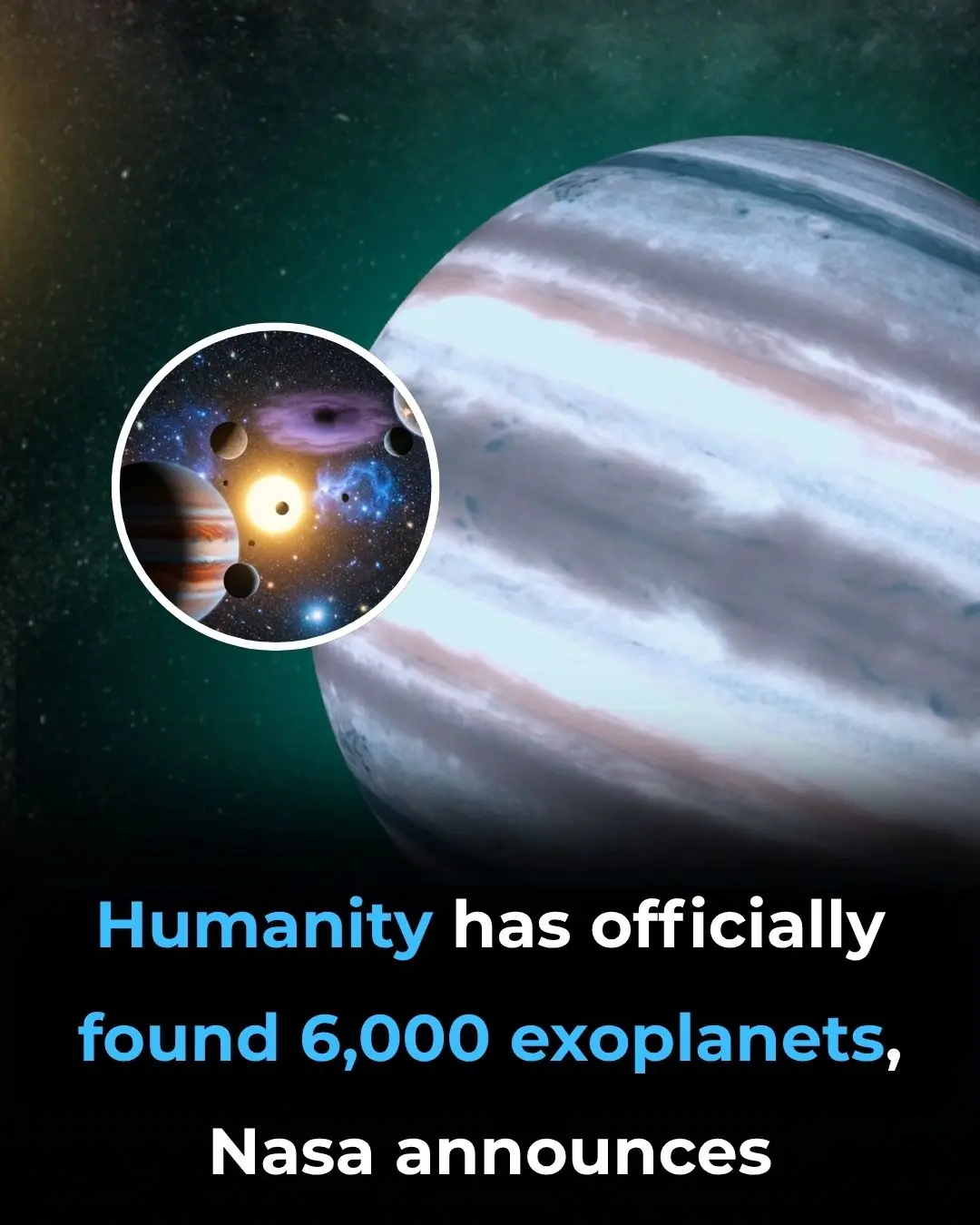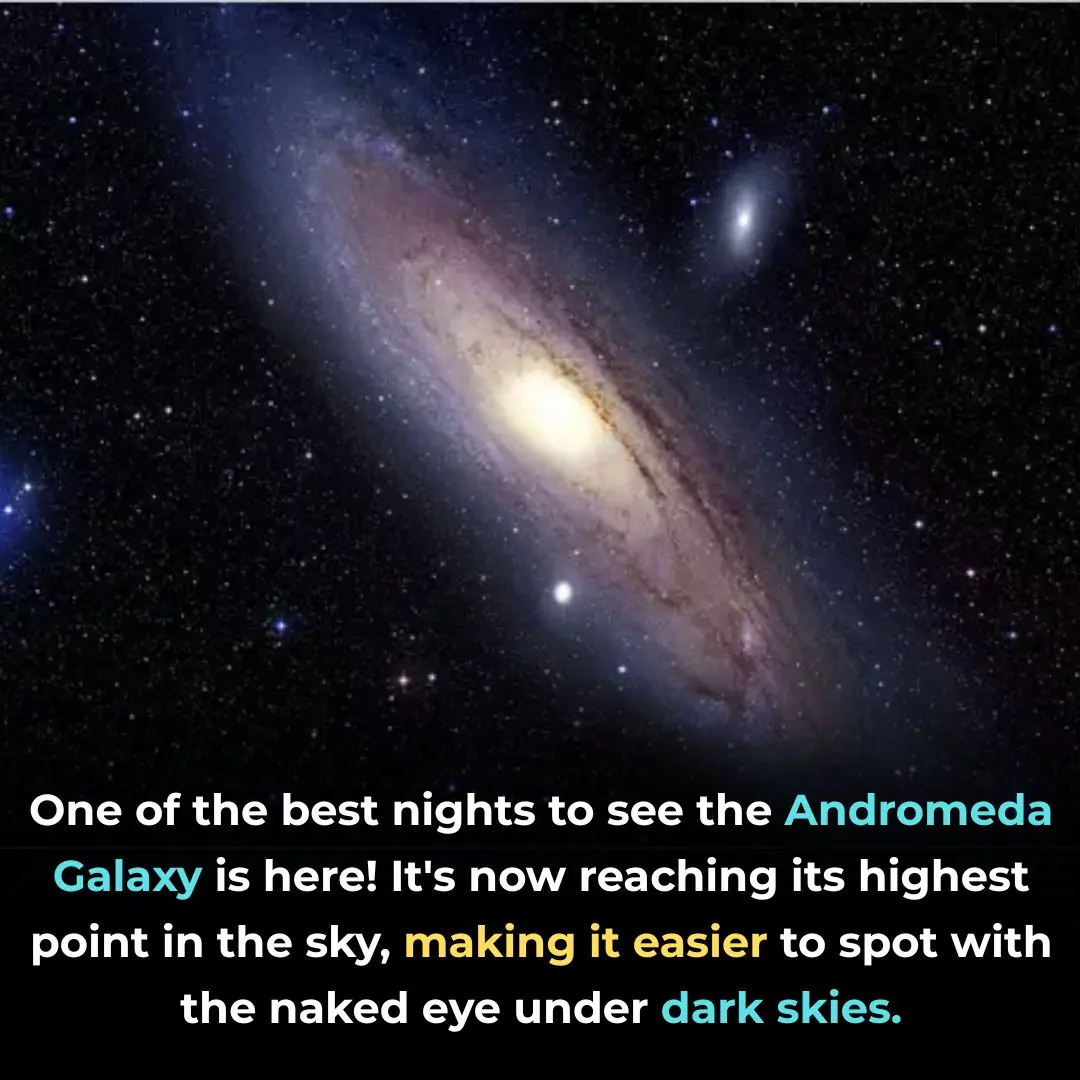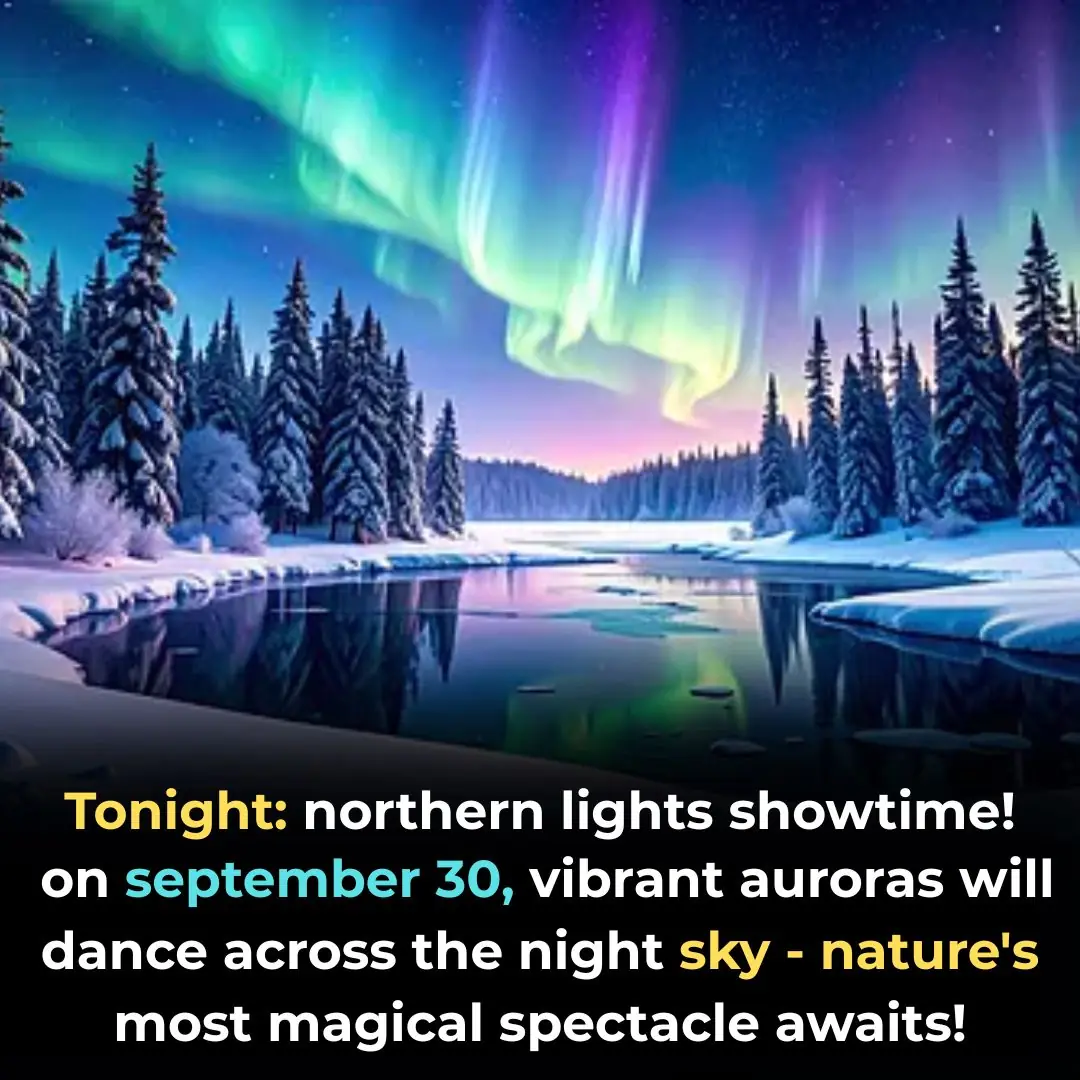
Alnitak, Alnilam, and Mintaka: Orion’s Belt Stars Thousands of Light-Years Away
Among the most recognizable stellar formations in Earth’s night sky, Orion’s Belt consists of three brilliant blue supergiant stars that have captivated astronomers and stargazers for millennia. These celestial giants—Alnitak, Alnilam, and Mintaka—form the distinctive “belt” across the constellation Orion, serving as a cosmic landmark visible from both hemispheres. Understanding these stellar powerhouses provides insight into stellar evolution, distance measurement in astronomy, and the dynamic nature of our galaxy.
Table of Contents
The Three Giants of Orion’s Belt
Alnitak: The Eastern Sentinel
Alnitak, whose name derives from the Arabic “an-niṭāq” meaning “the girdle,” stands as the easternmost star in Orion’s Belt. Located approximately 736 light-years from Earth, this hot blue supergiant burns at a surface temperature exceeding 29,000 Kelvin—nearly five times hotter than our Sun.
Key Characteristics:
- Spectral Classification: O9.5Ib (blue supergiant)
- Mass: Approximately 33 times our Sun’s mass
- Luminosity: 250,000 times brighter than the Sun
- Age: Estimated at 6.4 million years
Alnitak actually represents a multiple star system, with the primary component being orbited by at least two companion stars. The system’s extreme brightness and intense ultraviolet radiation ionizes surrounding gas clouds, creating the spectacular Flame Nebula (NGC 2024) and contributing to the illumination of the famous Horsehead Nebula nearby.
Alnilam: The Central Beacon
Positioned at the center of Orion’s Belt, Alnilam serves as the formation’s brightest member and one of the most luminous stars visible to the naked eye. The name originates from the Arabic “an-niẓām,” meaning “string of pearls,” reflecting ancient observers’ poetic interpretation of the belt’s appearance.
Distinguished Features:
- Distance: Approximately 1,975 light-years from Earth
- Spectral Type: B0Ia (blue supergiant)
- Mass: 40 times our Sun’s mass
- Luminosity: 832,000 times solar luminosity
- Surface Temperature: 27,000 Kelvin
Alnilam represents one of the most distant stars easily visible without optical aid. Its enormous luminosity results from its massive size and extremely hot surface, which radiates predominantly in the blue and ultraviolet spectrum. The star exhibits variability in brightness, classified as an Alpha Cygni variable, with small fluctuations occurring over periods of days to weeks.
Mintaka: The Western Guardian
Completing the western end of Orion’s Belt, Mintaka derives its name from the Arabic “manṭiqah,” also meaning “belt.” This star system lies approximately 1,238 light-years from Earth and presents unique characteristics among the belt’s stellar trio.
Notable Properties:
- Spectral Classification: O9.5II (bright giant)
- System Type: Multiple star system with at least five components
- Combined Mass: Approximately 90 solar masses
- Temperature: 30,000 Kelvin
- Luminosity: 190,000 times solar brightness
Mintaka holds special significance as the closest star to the celestial equator among major bright stars, making it visible from both Earth’s hemispheres throughout the year. The system’s primary component is an eclipsing binary, causing slight variations in brightness as the stars orbit each other every 5.73 days.

Stellar Evolution and Future Destiny
Current Life Phase
All three belt stars exist in advanced stages of stellar evolution, having exhausted their hydrogen fuel and expanded into supergiant phases. Their massive sizes and extreme luminosities indicate rapid consumption of nuclear fuel, resulting in relatively short lifespans compared to smaller stars like our Sun.
Evolutionary Timeline:
- Main Sequence Phase: Brief periods of stable hydrogen burning (3-10 million years)
- Current Supergiant Phase: Helium and heavier element fusion in stellar cores
- Predicted Future: Supernova explosions within the next few million years
Supernova Destiny
Each belt star will eventually exhaust its nuclear fuel and undergo catastrophic gravitational collapse, resulting in spectacular supernova explosions. These events will briefly outshine entire galaxies before leaving behind neutron stars or black holes.
Timeline Predictions:
- Alnilam: Expected supernova within 1 million years
- Alnitak: Estimated 4-6 million years remaining
- Mintaka: Variable timeline due to complex multiple star dynamics
The supernovae will enrich surrounding interstellar medium with heavy elements created through stellar nucleosynthesis, contributing to future star and planetary formation cycles.
Distance Measurement and Astronomical Significance
Parallax and Distance Determination
Accurate distance measurements to Orion’s Belt stars employ multiple astronomical techniques, including trigonometric parallax from space-based observatories like Gaia and spectroscopic parallax based on stellar characteristics.
Measurement Challenges:
- Extreme distances limit parallax precision
- Stellar variability affects photometric measurements
- Interstellar dust absorption complicates observations
- Multiple star system complexity requires careful analysis
Galactic Context
The belt stars occupy different regions within the Orion Arm of our Milky Way galaxy, providing valuable insights into stellar distribution and galactic structure. Their varying distances—from Alnitak’s relatively nearby 736 light-years to Alnilam’s distant 1,975 light-years—demonstrate that apparent stellar groupings often result from line-of-sight perspectives rather than physical proximity.
Observational Guide and Visibility
Optimal Viewing Conditions
Orion’s Belt remains visible from November through February in northern hemisphere evening skies, with peak visibility occurring in December and January. The formation rises in the east during autumn evenings and sets in the west during spring mornings.
Best Observation Practices:
- Timing: 2-3 hours after sunset during winter months
- Location: Dark sky areas away from light pollution
- Equipment: Visible to naked eye; binoculars enhance surrounding nebulosity
- Reference Points: Use belt to locate other Orion constellation features
Photographic Considerations
Long-exposure photography reveals the rich nebular environment surrounding the belt stars, including emission nebulae, reflection nebulae, and dark dust lanes that remain invisible to casual observation.
Cultural and Historical Impact
Ancient Civilizations
Orion’s Belt has influenced human cultures across continents and millennia. Egyptian pyramids at Giza align with the belt’s orientation circa 2500 BCE, while Lakota traditions recognize the formation as the “Hand” constellation. Polynesian navigators used the belt for oceanic wayfinding across the Pacific.
Modern Astronomical Research
Contemporary research focuses on the belt stars’ role in stellar evolution models, supernova progenitor studies, and galactic chemical enrichment processes. Advanced spectroscopy reveals detailed atmospheric compositions, mass-loss rates, and stellar wind characteristics crucial for understanding massive star physics.
Conclusion
Alnitak, Alnilam, and Mintaka represent cosmic laboratories for studying stellar evolution, galactic structure, and the dynamic processes shaping our universe. These magnificent blue supergiants, though separated by hundreds of light-years, create one of astronomy’s most recognizable patterns while serving as beacons for both scientific discovery and human imagination. Their eventual supernova explosions will mark the end of an astronomical era while contributing to the cosmic cycle of stellar birth, death, and renewal that continues shaping our galaxy’s evolution.
For astronomy enthusiasts seeking to explore stellar evolution and galactic structure, Orion’s Belt offers an accessible starting point for understanding the vast scales and processes governing our cosmic neighborhood.
News in the same category


Humanity Has Officially Found 6,000 Exoplanets, NASA Announces

There’s A 90% Chance of Black Hole Explosion in the Next Decade, Scientists Say

Prime views of the Andromeda Galaxy and Ceres—October 2

Northern Lights Could Be Seen in Northern U.S. — Sept 30 – Oct 1, 2025

Humanity Preserved: A 5D Crystal Holds 360 TB of Our Genome to Outlast Civilization

Researchers make groundbreaking discovery about ChatGPT after testing it with 2,400 year-old math problem

Why this city has introduced a screen time limit of 2 hours per day

The Truth Behind the Bermuda Triangle May Be Scarier Than UFOs

Over 99% of peer-reviewed studies confirm climate change is real and driven by humans

Passenger lands in hospital after humiliating TSA spat over stubborn jewelry

A Man Knocked Down His Basement Wall, Discovering Ancient Underground City That Housed 20,000 People

Magnificent 2300-Year-Old Scythian Woman’s Boot: A Timeless Fashion Statement

Mind-Blowing Cloud Formations You Probably Haven’t Seen Before

On the southern edge of the world, a waterfall runs red as blood

Rare reddish-orange snowy owl in Huron County captivates birdwatchers

Wildlife Crossings: A Vital Solution for Highway Safety and Biodiversity Conservation

Photographs reveal first glimpse of uncontacted Amazon community

Floating Gardens on Parking Lot Roofs: Japan’s Green Revolution
News Post

Aloe Vera and Cinnamon Remedy: Natural Benefits for Eye Health, Immunity, and Healing

12 Powerful Benefits of Moringa Seeds

Goldenberries (Physalis peruviana): A Nutrient-Packed Powerhouse for Health and Vision

Oregano: The Golden Herb for Eye Health

Some of the Benefits of Castor Leaves and the Seed

10 Benefits and uses of purslane

Chanca Piedra (Stonebreaker): Benefits and Uses

Do you need to unplug the rice cooker after the rice is cooked: The surprising answer November 27, 2024

7 Benefits Of Papaya Seeds & How To Consume Them Correctly

Bougainvillea likes to 'eat' this the most, bury it at the base once and the flowers will bloom all over the branches

The elders say: "If you put these 3 things on top of the refrigerator, no matter how much wealth you have, it will all be gone." What are these 3 things?

Can rice left in a rice cooker overnight be eaten? Many people are surprised to know the answer.

After boiling the chicken, do not take it out immediately onto a plate. Do one more thing to make sure the chicken is crispy, the meat is firm, and the skin does not fall apart when cut.

Cut this fruit into small pieces and put it in the pot to boil the duck: The bad smell is gone, the meat is fragrant, soft and flavorful.

Warts on Hands: Causes and Effective Natural Treatments

Medicinal Health Benefits of Turmeric, Curcumin and Turmeric Tea Based on Science

4 ways to preserve green onions for a whole month without spoiling, fresh as new

The best way to lower blood pressure fast!

9 Habits You Need To Adopt Today To Stop Alzheimer’s or Dementia Before It Starts
